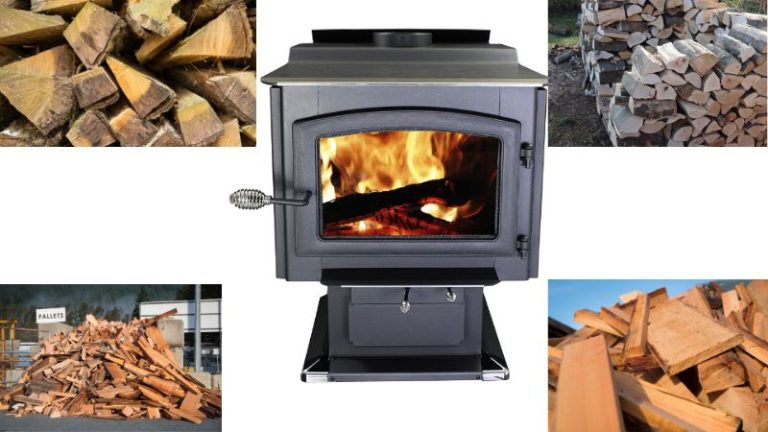Best Roof for Yurt: A Comprehensive Guide to Choosing the Right Roofing Material
Yurts are a type of circular dwelling that originated in Central Asia and have been used for centuries as a shelter and home. They are typically made of a wooden frame and covered with a variety of materials, including canvas, felt, or modern fabrics. One of the most important components of a yurt is its roof, which provides protection from the elements and helps to regulate temperature and ventilation inside the structure.
When it comes to choosing the best roof for a yurt, there are several factors to consider. The climate and weather patterns of the region where the yurt will be located are important, as are the materials and construction methods used in the roof. Some traditional yurts in Central Asia use felt as the primary roofing material, while modern yurts may use canvas, vinyl, or other synthetic fabrics. Additionally, the shape and size of the yurt can affect the design and construction of the roof.
Design and Structure of Yurts
Understanding Yurt Components
Yurts are circular structures with lattice walls, a central compression ring, and a conical roof. The walls are made up of wooden lattices, which are connected by tension cables. The roof is formed by wooden rafters that radiate from a central compression ring. The roof structure is then covered with a waterproof and breathable fabric.
Selecting the Right Size and Shape
Yurts come in various sizes and shapes, ranging from small one-room yurts to large multi-room yurts. The size and shape of the yurt will depend on the intended use of the yurt, the number of people who will be using it, and the available space. It is important to select the right size and shape of the yurt to ensure that it meets the needs of the occupants.
Materials and Insulation for Durability
The materials used in the construction of a yurt are important for its durability and longevity. The walls and roof are typically made of natural materials such as wood and canvas or felt. Insulation packages are also available to provide additional protection against the elements. It is important to select materials that are sustainable, strong, and provide adequate protection against strong winds, rain, and snow.
Yurt kits are available for those who want to build their own yurt. These kits typically include all of the necessary parts, including the wall lattice, door frame, central compression ring, tension cables, and roof rafters. These kits can be customized to meet the specific needs of the owner.
Maintenance of the yurt is also important to ensure its durability. Regular inspection and upkeep of the roof structure, wall lattice, and tension cables are necessary to maintain the yurt’s stability and strength.
In summary, understanding the components of a yurt, selecting the right size and shape, and using durable materials and insulation are all important factors in designing and building a yurt. With proper maintenance and care, a yurt can provide a sustainable and comfortable living space for years to come.
Practical Considerations for Yurt Living
Building a Strong Foundation
When building a yurt, it is important to have a strong and level foundation. A wooden platform or a yurt platform can be used to provide a stable base for the yurt. The platform should be level and even to ensure that the yurt is stable and secure. The yurt ties should be properly secured to the foundation to prevent any structural issues or debris from affecting the yurt.
Enhancing Living Space with Utilities
Living in a yurt does not mean sacrificing modern conveniences. Installing plumbing and electricity can enhance the living space and make it more accessible. Water catchment and drainage systems can also be installed to ensure that the yurt remains dry and free from flooding. It is important to obtain the necessary permits and follow building codes when installing utilities.
Customization and Maintenance
Yurts are known for their flexibility and innovative design, which allows for customization and personalization. The canvas or acrylic coated polyester side cover can be customized to match the surrounding nature or to reflect personal style. Skylights can also be added to provide natural light and ventilation. Regular maintenance is required to ensure the longevity of the yurt. This includes checking the structural support, insulation, and any other necessary repairs.
Overall, yurt living can be an affordable and energy-efficient option for those seeking a unique camping or living experience. Pacific Yurts offers a variety of yurt construction options, including lattice walls and a range of roof coverings such as gray, dark gray, and door awning. With practical considerations such as building a strong foundation, enhancing living space with utilities, and customization and maintenance, a yurt adventure can be a comfortable and enjoyable experience.
Frequently Asked Questions
What materials are most durable for a yurt roof in varying climates?
When it comes to choosing a durable roof for a yurt, it’s important to consider the climate and weather conditions of the area where the yurt will be located. Generally, metal roofs are considered to be the most durable option for yurts in varying climates. However, it’s important to choose a metal roof that is specifically designed for yurt structures. Other durable roofing materials that can be used for yurts include canvas, shingles, and tiles.
How does the longevity of a metal yurt roof compare to traditional materials?
Metal roofs are known for their durability and longevity, which makes them a popular choice for yurts. In general, a metal yurt roof can last up to 50 years or more, depending on the quality of the materials used and the installation process. Traditional roofing materials, such as canvas, shingles, and tiles, may not last as long as metal roofs and may require more maintenance over time.
What are the advantages of using a round metal roof kit for a yurt?
Using a round metal roof kit for a yurt offers several advantages. Firstly, the round shape of the roof provides better structural stability and allows for better ventilation. Additionally, metal roofs are lightweight and easy to install, making them a popular choice for yurt construction. Round metal roof kits are also available in a variety of colors and styles, allowing for customization of the yurt’s appearance.
Which companies are known for providing the best yurt construction and materials?
Several companies are known for providing high-quality yurt construction and materials. Some of the most popular and reputable companies include Pacific Yurts, Colorado Yurt Company, and Rainier Yurts. These companies offer a wide range of yurt sizes and styles, as well as customization options and high-quality materials.
What are the structural benefits of arched metal roofs for yurts?
Arched metal roofs offer several structural benefits for yurts. Firstly, the arched shape of the roof provides better support and stability for the yurt structure. Additionally, arched metal roofs are lightweight and easy to install, making them a popular choice for yurt construction. Arched metal roofs are also available in a variety of colors and styles, allowing for customization of the yurt’s appearance.
What considerations are important for choosing wall panels for a yurt?
When choosing wall panels for a yurt, it’s important to consider factors such as insulation, durability, and aesthetic appeal. Some popular options for yurt wall panels include canvas, wood, and insulation panels. Insulation panels are a good choice for yurts located in colder climates, as they provide better temperature control and energy efficiency. Wood panels can provide a more rustic and traditional look, while canvas panels offer a lightweight and flexible option.










